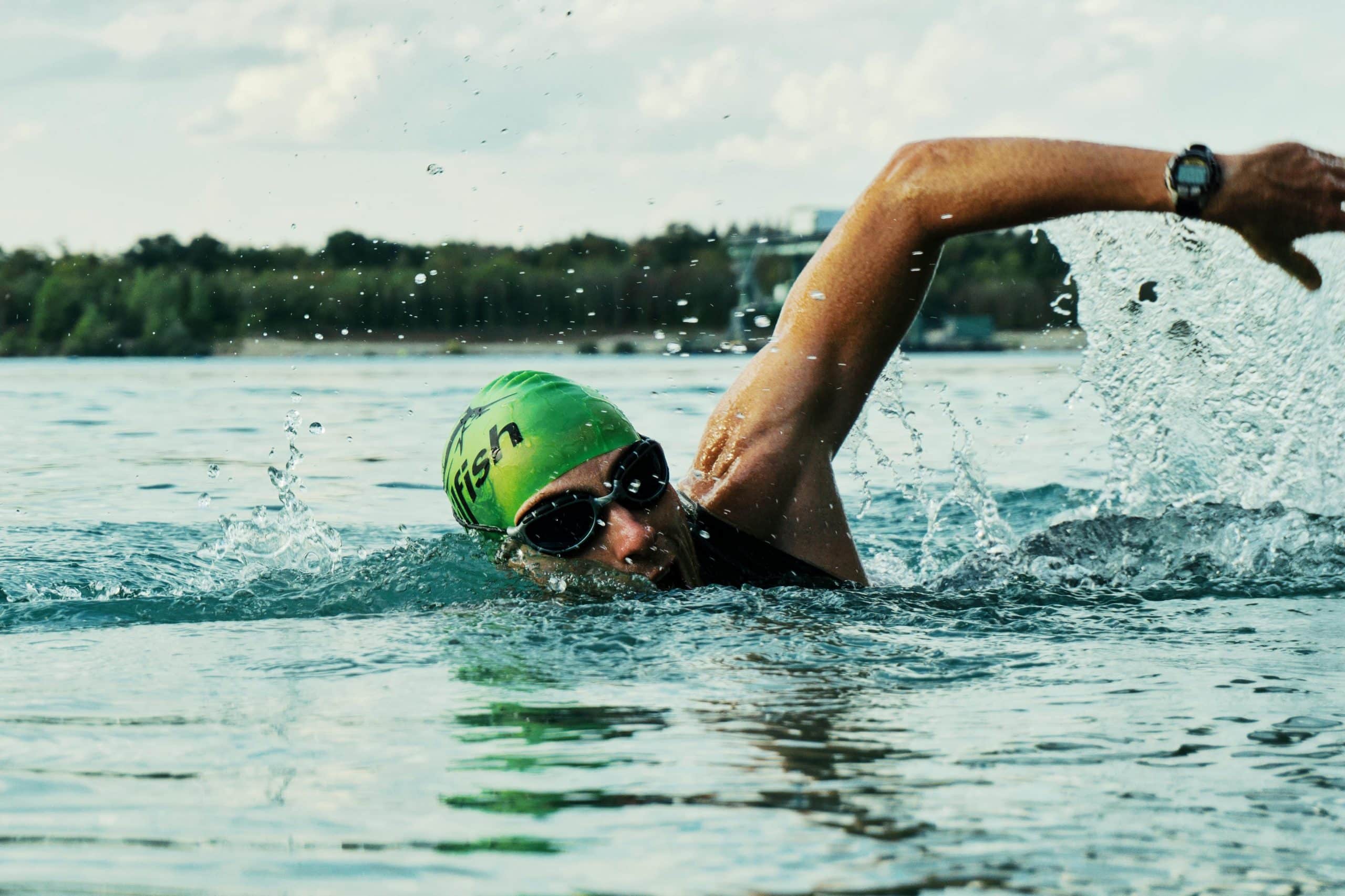How Can Respiratory Training Devices Improve Lung Capacity in Swimmers?

In the pursuit of optimal performance, swimmers continuously seek methods to enhance their strength, endurance, and overall proficiency. One crucial factor that plays a significant role is the lung capacity. Breath control, respiratory efficiency, and lung capacity are quintessential to every swimmer’s training. Today, we delve into the impact of respiratory training devices on lung capacity in swimmers.
The Importance of Breathing and Lung Capacity in Swimming
Swimming is a unique sport that requires the coordination of your breathing pattern with body movements. Unlike land-based activities where spontaneous inhalation and exhalation are possible, swimming demands controlled and rhythmic breathing to maintain oxygen supply while avoiding water inhalation.
Have you seen this : Experience the excitement of Gel Blasters now!
High lung capacity can provide swimmers with a competitive edge. It allows for longer breath holds, which translates into fewer interruptions from breathing during strokes. Consequently, swimmers can maintain a streamlined position longer, reducing drag and increasing speed.
Also, a greater lung capacity encourages stronger, more efficient strokes. The increased oxygen supply can delay the onset of lactic acid buildup in the muscles, reducing fatigue and enhancing endurance.
Topic to read : What Are the Most Effective Recovery Strategies for Post-Marathon Muscle Damage?
Respiratory Muscle Training (RMT) for Swimmers
Respiratory muscle training (RMT) is an often overlooked aspect of training in the swimming community. However, it has the potential to significantly improve a swimmer’s performance by enhancing respiratory function. RMT primarily targets the muscles involved in the process of breathing, including the diaphragm and intercostal muscles.
A study published on PubMed, the renowned medical research database, showed that swimmers who underwent inspiratory muscle training showed a significant improvement in their 100m and 200m freestyle performances. This demonstrates the direct correlation between respiratory muscle strength and swimming performance.
Respiratory training devices such as the Airofit breathing trainer are designed to provide adjustable resistance to your inhaling and exhaling efforts, thereby strengthening the respiratory muscles.
The Impact of Respiratory Training on Lung Capacity
Through regular use of respiratory training devices, swimmers can increase their lung capacity. By challenging the respiratory muscles, these devices encourage them to work harder, becoming stronger and more efficient over time.
Moreover, devices like Airofit allow for progressive training, meaning the resistance can be increased over time as the muscles strengthen. This constant progression helps to continuously expand lung capacity and improve overall respiratory function.
To provide a bit more detail, Google scholar offers a plethora of studies demonstrating the effectiveness of these training devices in increasing lung capacity. For instance, a six-week study showed that participants who used respiratory training devices had a significant increase in their lung capacity compared to a control group.
Incorporating Respiratory Training into Swim Training
While the benefits of respiratory training are clear, it’s crucial to understand how to incorporate this into your swim training effectively.
One approach is to include specific RMT sessions into your training schedule. These sessions can be performed on dry land, allowing your body to focus solely on the respiratory exercise without the added physical exertion of swimming.
Alternatively, you may choose to use respiratory devices during certain swim drills or sets. For example, you might use the device during a pull set, where your legs are immobilized, and you’re focusing on upper body strength. This allows for targeted respiratory training without interrupting your regular swim training.
Conclusion
In conclusion, respiratory training should be considered an important part of any swimmer’s training program. With regular use, respiratory training devices can significantly improve lung capacity, respiratory muscle strength, and overall swim performance. As with any training program, it’s essential to start slow and progressively increase the intensity to avoid overexertion and injury. Happy training!
Benefits of Respiratory Training Devices on Pulmonary Function
As research available on Google Scholar and Crossref PubMed suggests, the consistent use of respiratory training devices can significantly enhance the pulmonary function in swimmers. By focusing on the respiratory muscles – specifically the inspiratory muscles – these devices can help increase the ability to inhale more air per breath, thereby improving total lung volumes.
A study available on Appl Physiol Google showed that respiratory muscle training resulted in an increase in both PImax and PEmax, which signify inspiratory and expiratory muscle strength respectively. This directly leads to an increase in total lung capacity, providing the muscles with more oxygen and thus, delaying fatigue.
In terms of lung function, respiratory training devices can assist in reducing the occurrence of exercise-induced bronchoconstriction (EIB), a common issue in endurance swimmers. By strengthening the respiratory muscles, these devices can ease the stress on the lungs, reducing the likelihood of EIB and enhancing performance.
Sports Med Google research further verifies this, specifying that inspiratory muscle training not only improves lung function but also increases tolerance to high-intensity exercise. This is crucial to swimming training, as high-intensity intervals are a common component of many swim routines, and improved tolerance allows for longer, more intense workouts.
Insights from Studies and Research on Respiratory Training
Research from PubMed Google reveals that the use of respiratory training devices can enhance sports performance not just in swimming but across various endurance sports. This is indicative of the universal benefits of improved lung capacity and muscle strength.
According to a study cited on Crossref PubMed, eight weeks of inspiratory muscle training led to a 15% increase in time trial performance among competitive cyclists. The athletes also reported a lower rate of perceived exertion, showing that stronger respiratory muscles can make exercise feel less strenuous.
Additionally, a six-week study on Google Scholar demonstrated that the use of inspiratory muscle training devices led to statistically significant improvements in VO2 max levels. VO2 max, or maximal oxygen uptake, is a measurement of the maximum amount of oxygen a person can utilize during intense exercise. Higher VO2 max levels translate to better aerobic endurance, which is vital in swimming training.
Conclusion
Based on the evidence available from reputable sources like Google Scholar and Crossref PubMed, it is clear that respiratory training devices can have a significant impact on lung capacity, respiratory muscle strength, and overall swimming performance.
By incorporating respiratory training into their routine, swimmers can strengthen their inspiratory muscles, boost their lung volumes and enhance their pulmonary function. This leads to longer breath holds, less fatigue, and ultimately, faster swim times.
However, swimmers should remember to integrate this training progressively. As with all forms of training, starting slow and gradually increasing the intensity is key to preventing injuries. With consistent effort and patience, swimmers can leverage respiratory training to reach new heights in their performance. It’s time to dive in and start respiratory muscle training today!
